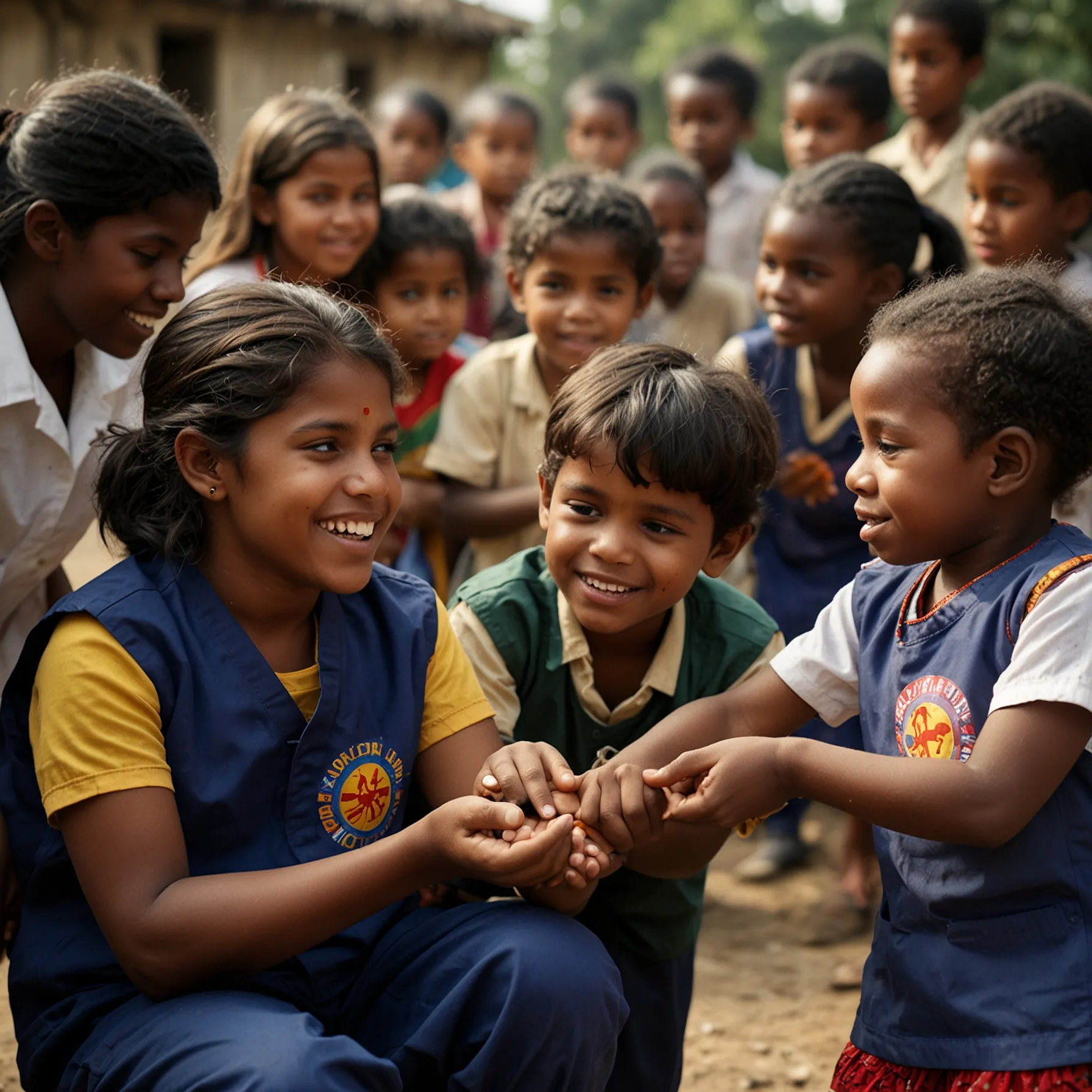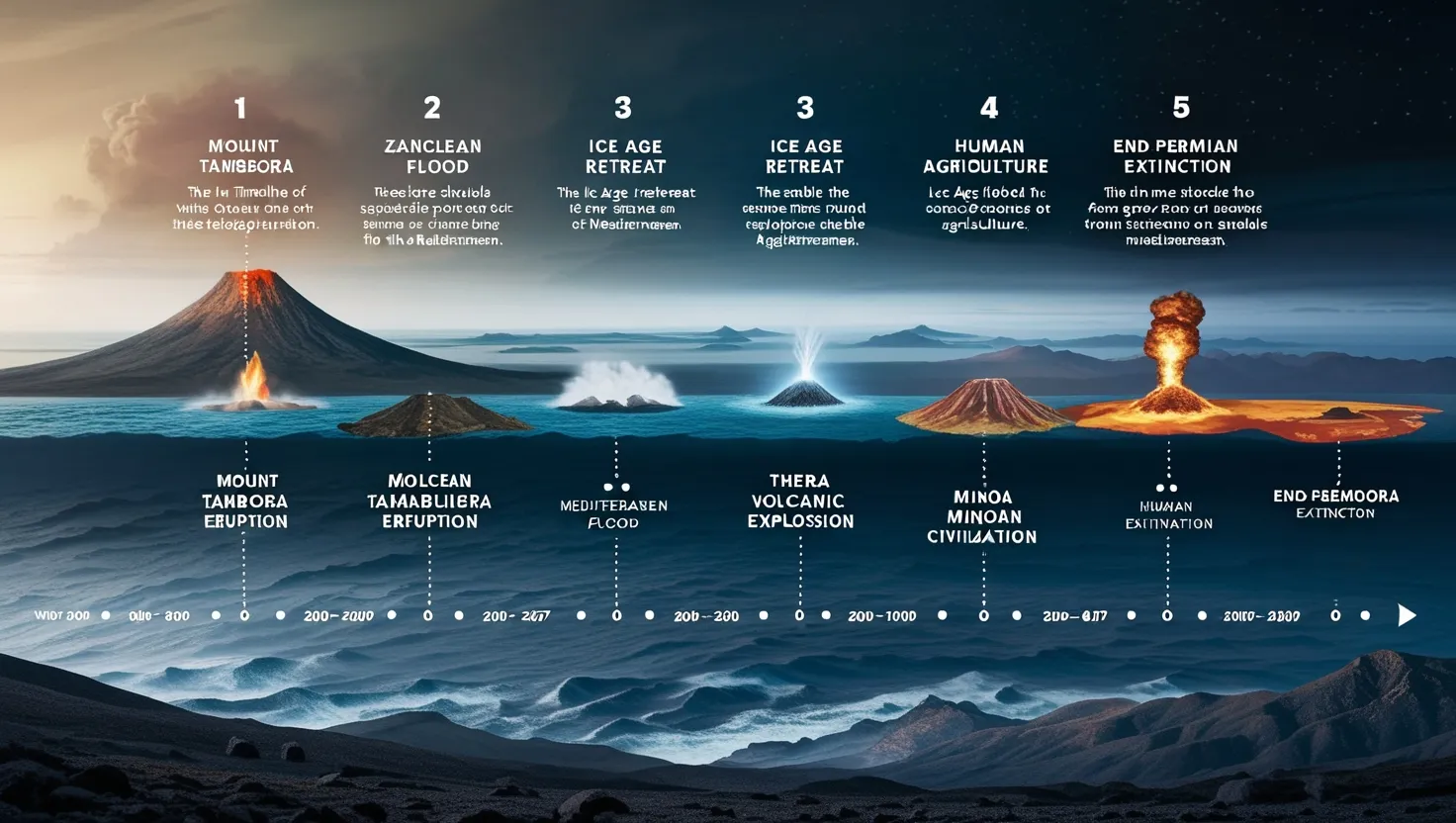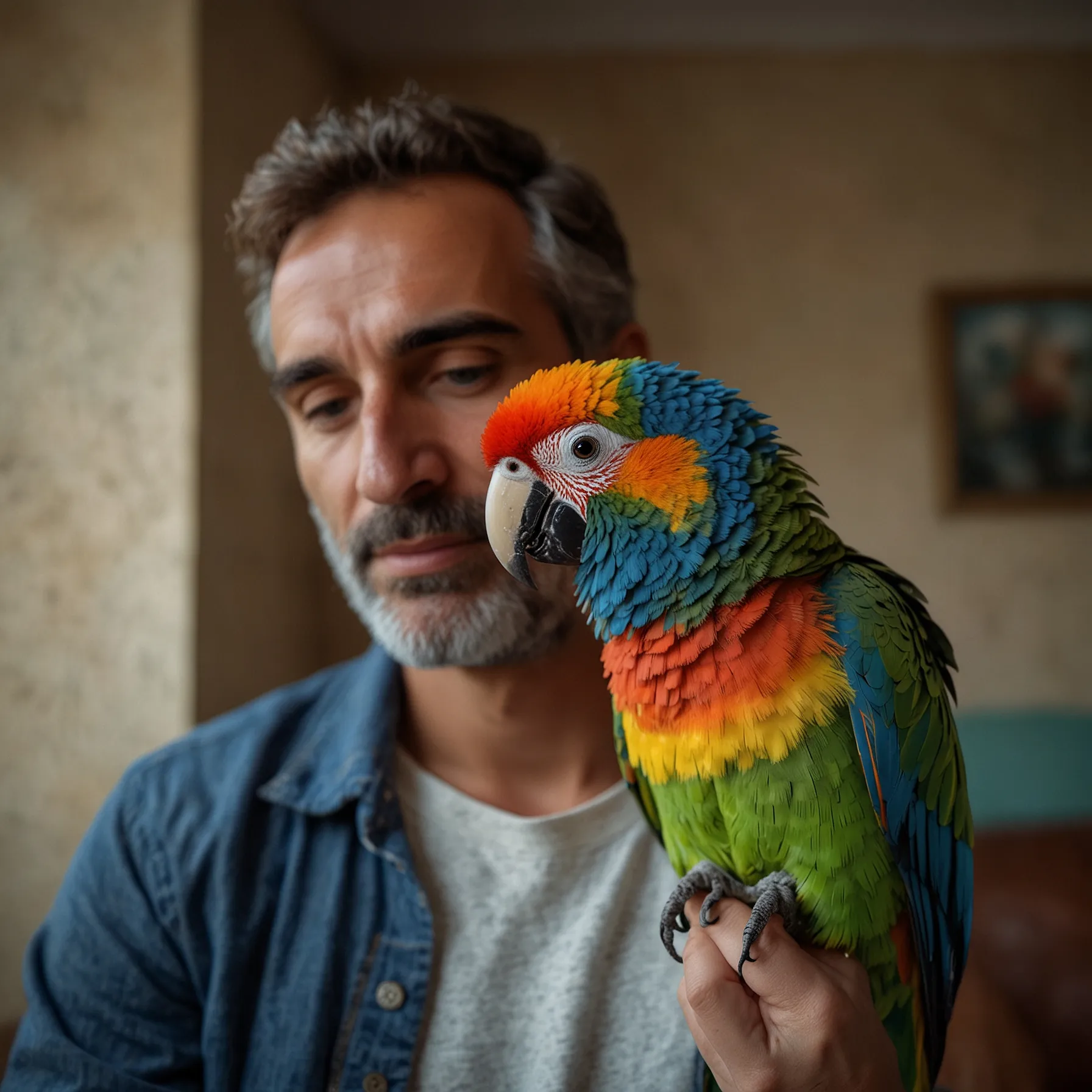Imagine a world without fear of polio. That might sound pretty standard to most of us today, especially if living in places where this disease is largely forgotten. But not too long ago, the world was a very different place. Picture yourself back a few decades in California or anywhere else in the world; polio was a word that struck fear into every household.
Polio was once a devastating disease. It paralyzed thousands, suffocating them in iron lungs because their respiratory muscles were too weak to breathe on their own. When the polio vaccine was developed in the late 1950s, it was heralded as a scientific miracle. The United States saw an immediate and dramatic decline in polio cases. Yet, the fight didn’t end there.
The reality is that while polio has been nearly eradicated, it’s not completely gone. Even now, the virus lingers in a few corners of the world. This is largely due to the relentless efforts of a public-private partnership that has dedicated the last two decades to wiping out this disease.
But even with all these efforts, there were shocking outbreaks in countries free of polio for years. The virus isn’t selective; it crosses borders via travelers, making eradication seem like a moving target. Despite all the extraordinary measures, polio remains a potent and explosive disease.
What’s fascinating is that eradicating a disease like polio isn’t just about developing a vaccine. It’s about creating a worldwide social movement to ensure every child receives the vaccine. More than 20 million volunteers have been part of one of the largest internationally coordinated operations in peacetime. They trek into urban slums, remote areas, and conflict zones—sometimes risking their lives—to vaccinate over 500 million children each year.
The journey to eradicate polio has seen incredible advances. The introduction of a new vaccine that proved to be twice as effective marked a game-changing moment in the battle against polio. The implementation of innovative strategies—like using satellite images to map vaccine distributions, deploying GIS trackers in vaccinators’ kits, and negotiating truces in conflict zones—demonstrates that smart technology and smart investments can indeed make the impossible, possible.
Northern India, once a hotbed of polio, has seen remarkable progress. For the first time, states like Uttar Pradesh and Bihar haven’t reported a single case of paralysis from polio in six months. This gives a glimmer of hope that eradication, once deemed impossible, is now within reach.
Despite the monumental progress, challenges remain. The fight continues in places like Northern Nigeria, Southern Afghanistan, and parts of Pakistan. Each of these regions presents unique difficulties, from political instability to logistical nightmares.
However, the legacy of eradication efforts goes beyond just one disease. The infrastructure built to combat polio has also helped contain other outbreaks like pandemics and has provided basic health services to remote and impoverished communities. It’s a testament to the resilience and dedication of millions who believe in a polio-free world.
There’s an economic angle too. Polio eradication can save the poorest countries billions in the long run by alleviating the need for ongoing treatment and vaccination costs. It’s a sound investment with enormous humanitarian benefits.
In conclusion, the fight against polio isn’t just about one disease—it’s about a better, healthier world for all children. And while the economic climate is tough, there’s never a wrong time to do the right thing. The dream of a polio-free world is within grasp, but only if we stay the course. Polio eradication is more than a goal—it’s a moral imperative and a testament to our commitment to equity and justice. Let’s finish what we started and ensure that every child, no matter where they are, can take for granted a life without polio.






